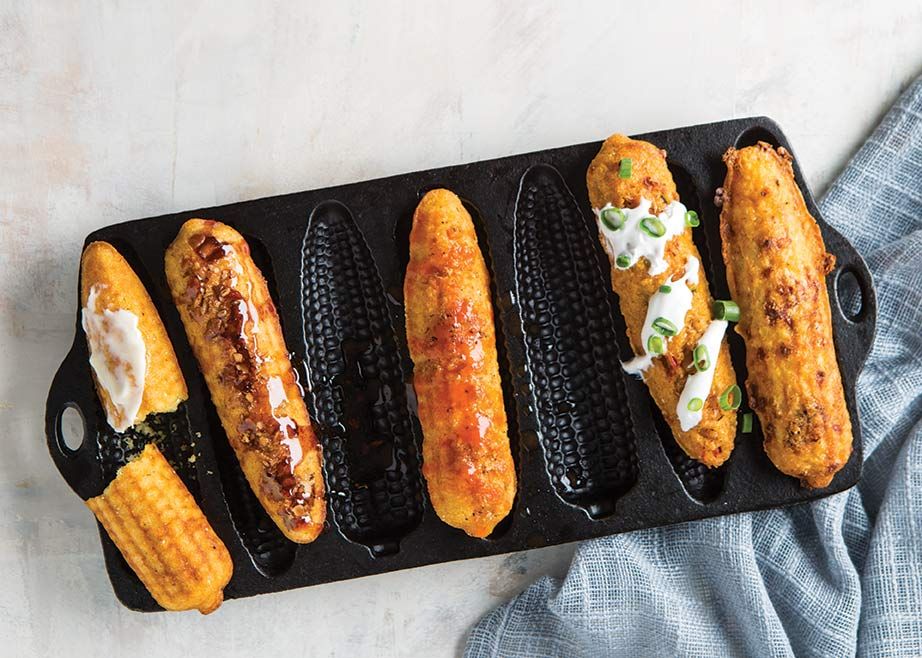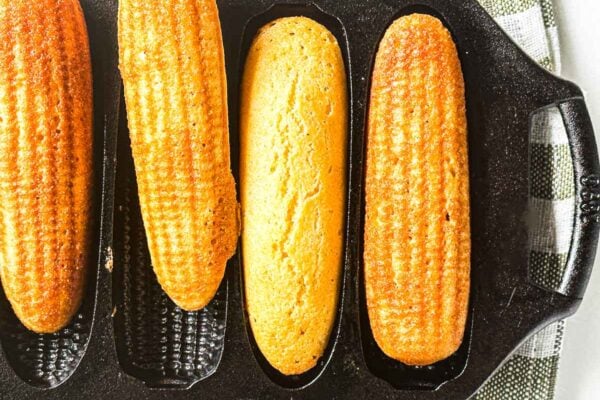Welcome to a journey through the fascinating history of the cornbread pan, an essential piece of cookware that has evolved through the ages. The history and evolution of the cornbread pan is a tale that intertwines with American culinary traditions, offering insight into how our cooking practices have changed. It’s essential to understand this evolution to appreciate the craftsmanship that goes into today’s modern pans.

Early Beginnings of Cornbread
Cornbread has its roots deep in Native American history. The indigenous peoples utilized corn as a staple, long before European settlers arrived. When these settlers came to America’s shores, they were introduced to this versatile grain, eventually developing what we know as cornbread today.
Native American Influence
The Native Americans played a crucial role in the early development of cornbread. They used crushed cornmeal to make simple bread that would nourish large groups. This method was an early precursor to today’s recipes.
The Arrival of Cast Iron
The introduction of cast iron cookware revolutionized how cornbread was made. Early settlers found that cast iron pans provided even heating and excellent durability. This was a key factor in the widespread adoption of the cornbread pan.
Benefits of Cast Iron
Cast iron’s primary advantage lies in its heat retention and even heat distribution, which makes it ideal for baking cornbread. These qualities are still cherished by modern chefs and home cooks alike.
Transition into the 19th Century
As the 19th century progressed, cornbread pans began to appear in various shapes and sizes. The diversity in design was linked to regional preferences and the availability of materials. This era marked a significant shift towards personalization in cookware.
Pioneering Designs
Cookware manufacturers started experimenting with different molds, including the iconic wedge-shaped pan, which allowed for perfectly portioned cornbread pieces.
Modern Advancements
Today, the cornbread pan continues to evolve with technological advancements. Modern non-stick coatings have been developed to maintain the ease of cleaning originally offered by seasoned cast irons without the requisite maintenance.
Non-Stick Innovations
While traditionalists still swear by cast iron, modern materials offer practical benefits that cannot be overlooked, particularly in busy kitchen environments. The addition of silicon grips and specialized non-stick surfaces exemplifies this progression.
Preserving the Tradition
Despite these innovations, the traditional cast iron cornbread pan has not fallen out of favor. Many chefs and home bakers continue to appreciate the unique flavor profile that cast iron imparts on cornbread.
Caring for Cast Iron
Maintaining a cast iron pan is more art than science. Seasoning, which involves applying a thin layer of fat and heating the pan, remains a crucial practice for keeping cast iron in top condition. You can find detailed guides on this Takoyaki Pan Care Guide.
The Cultural Significance of Cornbread
Cornbread holds a special place in Southern cuisine and embodies hospitality and comfort. This aspect of cornbread gives it an emotional resonance beyond its simple ingredients.
Regional Variations
Depending on the region, cornbread recipes and pan styles vary significantly. For instance, some prefer sweetened cornbread, while others savor its more savory iterations. The history of the (cornbread pan) is as rich and flavorful as the dish it produces.
The Evolution Continues
The journey of the cornbread pan is far from over. As cooking technologies and cultural trends evolve, so too will the trusty cornbread pan. Yet, no matter how advanced these pans become, they will always tether us to a vibrant culinary past.
Future Innovations
Looming on the horizon are advancements like smart cookware, offering new possibilities for traditional dishes like cornbread. These innovations are not about replacing old methods but enhancing and preserving what makes cornbread special. Keep updated on cookware advancements by checking modern cornbread recipes.
Conclusion
The history and evolution of the cornbread pan chart a remarkable journey from rudimentary cookware to advanced culinary tools. Each step reflects a broader cultural and technological shift, making the humble cornbread pan an iconic piece of our cooking heritage. Whether it is families passing down their cornbread pans through generations or chefs experimenting with new designs, the enduring legacy of the cornbread pan is a testament to its role in our lives.

Faq Section
What are some modern innovations in cornbread pans?
Modern cornbread pans include non-stick coatings and silicon grips, which reflect advancements in materials and design aimed at improving cooking experiences.
How do you maintain a cast iron cornbread pan?
Maintaining a cast iron cornbread pan involves regular seasoning, which preserves its non-stick qualities and protects it from rust. Discover more about seasoning at Takoyaki Pan Care Guide.
Why has the cornbread pan remained popular?
The cornbread pan remains popular due to its effectiveness in baking and its deep roots in cultural culinary traditions that continue to be cherished.
This article contains affiliate links. We may earn a commission at no extra cost to you.

